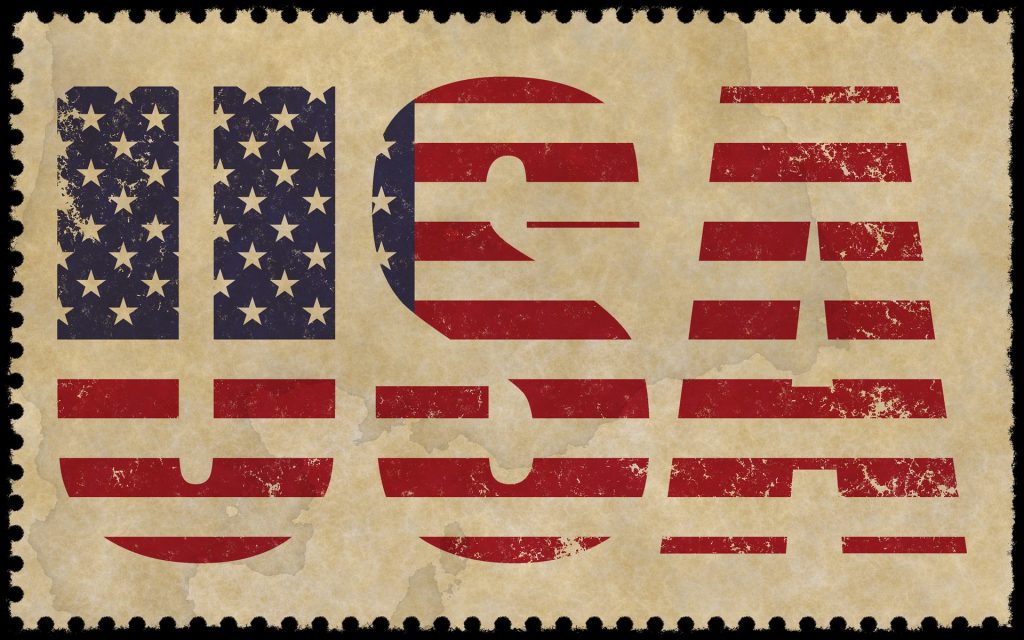Working as an offshore VA

For years, UK VAs have ranted about offshore VA prices – how can they afford to do it that cheaply? Will they nick all our clients? Well, with the £’s exchange rate plummeting in the wake of Brexit, a Pandemic and a recession looming, suddenly our prices are becoming increasingly attractive to US-based clients… We are the offshore VA!
Checklist for working with international clients
There are a number of pitfalls working with international clients. You need to make sure you follow two sets of rules – their own international law and our own domestic law.
- Due diligence. You shouldn’t be paying to work for these clients… If they say you need to purchase software or that they’ll forward payment via PayPal to pay for bespoke software which you’ve never heard of – be wary. Chances are, they are the software company scamming you into paying them. Check out their business, are they legitimate? Check StreetView on Google. Check reviews/website etc.
- Timezones. Make sure you discuss your working hours with the client in relation to their timezone… What’s the turnaround on work? How will you communicate? Is there a good time to speak on the phone? Use www.timeanddate.com to schedule good meeting times.
- Check your insurance. Working with offshore clients (especially USA and Canada) will seriously bump your premium. Make sure you are covered, and make sure the work you are getting will cover the extra fees.
- Legal Compliance. Make sure you are properly handling their data – being an offshore company, their data handling or data storing laws may be different. Double check with the client and with ICO.
- Get a signed contract. This solves so many issues, the first one being that if they sign your contract, it’ll be governed by UK law and any actions must take place in the UK.
- Bill in £. Your invoice should show the price in £ that you billed for tax purposes. HMRC expects it for legal purposes. If the client says “$50/hour” then you can convert it at the time of billing into £ and make sure it is noted on the invoice you send. You will take the hit if the exchange rate fluctuates, but as it goes up and down, this usually balances out. You cannot bill in $ alone.
- Getting paid. The safest way of getting paid is via IBAN/CHAPS into your bank account. In advance if possible. PayPal always side with the customer, and they’ll often reverse charges even if you’ve done the work and there is no issue with it. This is a common scam with dodgy clients – get you to complete the work, send payment via PayPal to get it back, then reverse the charges. Stripe etc can also be useful.
- Taxes. Make sure you are being hired as an independent subcontractor who is responsible for their own taxes – otherwise you may find a % of your invoice being withheld for tax. Some companies will put you on payroll or want you to sign a W9 form at the end of the tax year to declare you have paid taxes outside of the US on the money they’ve paid you.
- Billing a lot? It may be advantageous to set up a US company and get paid via this into a US bank account… They have special immigration rules on business owners working in the US, so it may be worth looking into this with a specialist accountant if you are planning on doing a lot of work in one country.
